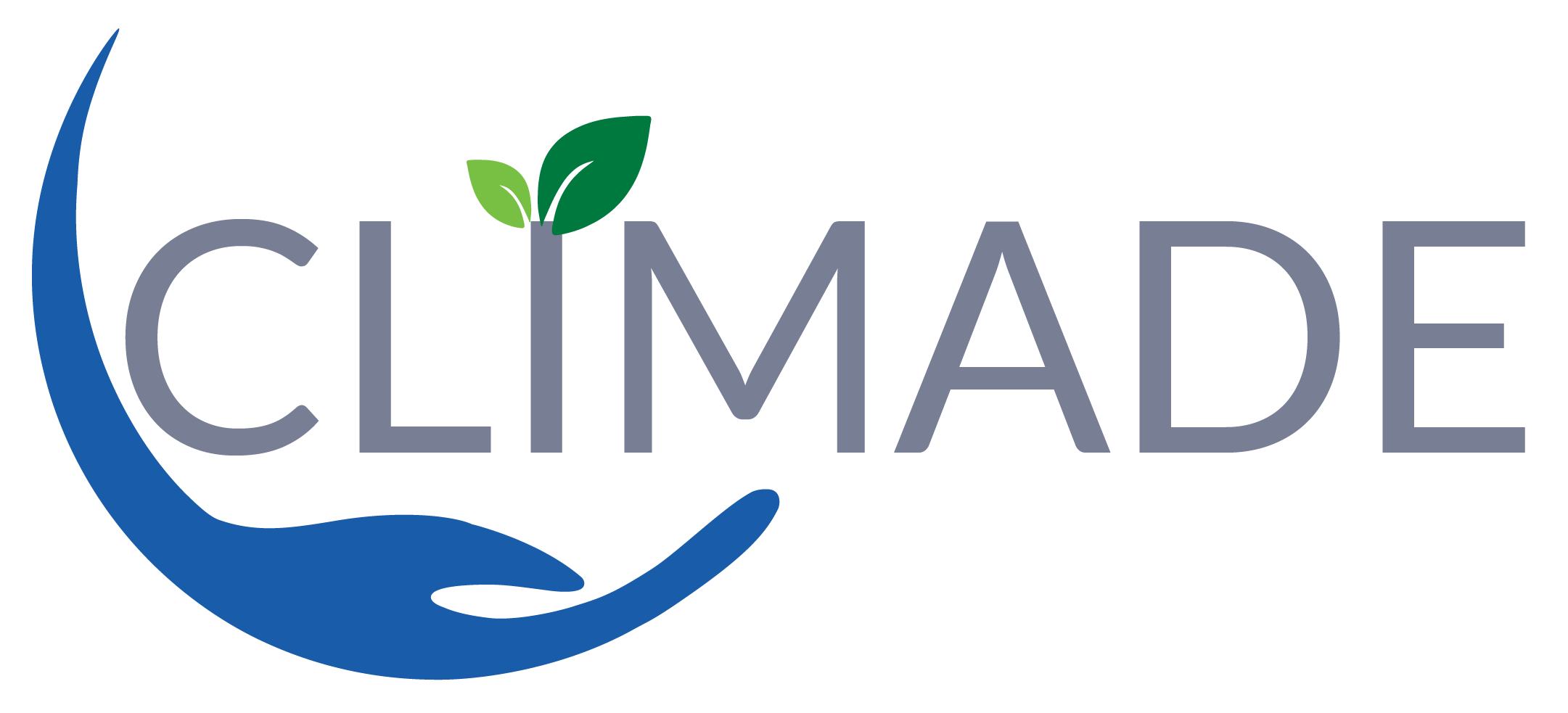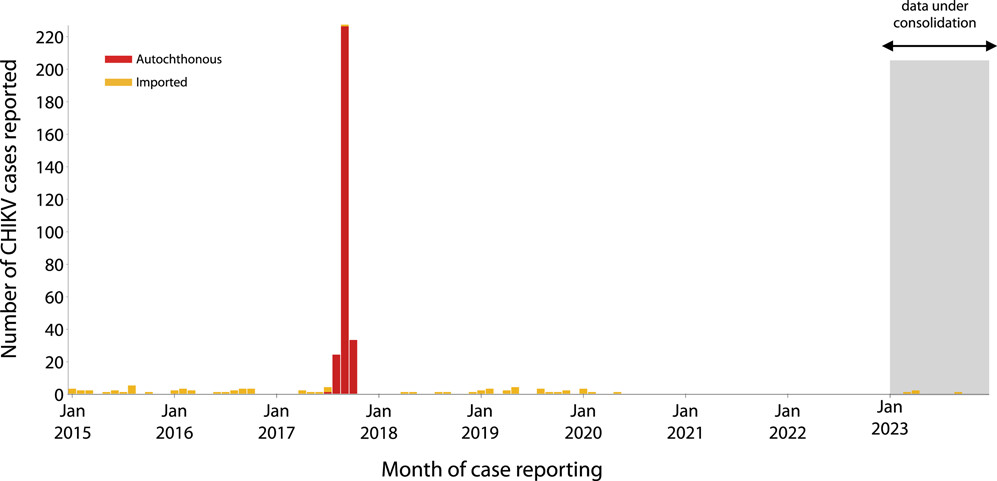Collaborators: Francesco Branda, Fabio Scarpa, Chiara Romano, Alessandra Ciccozzi, Antonello Maruotti, Marta Giovanetti, Massimo Ciccozzi
Summary: The Chikungunya virus (CHIKV), first identified in 1952 in Tanzania after an outbreak on the Makonde Plateau, derives its name from the Kimakonde language term meaning “to become contorted.” This name aptly describes the severe joint pain that is a defining symptom of the disease. Over the past decade, the global prevalence of CHIKV has risen significantly, propelled primarily by the spread of Aedes spp. mosquitoes. Chikungunya’s symptoms—fever, joint pain, and rash—can lead to chronic conditions that severely diminish quality of life.
Between 2007 and 2012, Europe witnessed a significant number of autochthonous chikungunya fever cases (n = 231) across Italy, France, Croatia, and Madeira. Italy’s initial encounter with chikungunya occurred in 2007, with a resurgence in 2017, illustrating the virus’s capacity to reach beyond its conventional tropical and subtropical habitats—a reach that has been facilitated by global travel. These outbreaks, attributed to the East/Central/South African lineage of CHIKV and spread by the mosquito Aedes albopictus, have showcased the virus’s adaptability and its potential for wide-ranging transmission. The 2017 outbreak in Italy, starting in Anzio, eventually expanded to encompass the broader Lazio region, including Rome, with additional outbreaks surfacing in the Calabrian village of Guardavalle Marina. The amplification of this threat due to climate change—increasing the potential for CHIKV to enter previously unaffected temperate regions—underscores the importance of systematic data collection and analysis. Our team has developed a centralized repository on GitHub (https://tinyurl.com/fbranda-arbovirus-chikungunya) to present the epidemiological details of Chikungunya in Italy, utilizing data from the Istituto Superiore di Sanità (ISS). This project involved converting restricted PDF documents into more accessible formats. The data processing involved several steps: (a) Downloading bulletins from the EpiCentro website; (b) extracting key information from these bulletins, which typically include (i) a map of Italy showing cases by region; (ii) a histogram of human cases by age and sex; and (iii) a histogram of confirmed Chikungunya cases from 2015 to the current reporting year. The most challenging aspect was data extraction from the histograms, which was facilitated by the “WebPlotDigitizer” tool, followed by (c) a manual verification to ensure accuracy with official ISS reports. The repository currently contains several crucial files, including: (i) “chikungunya-ita-2023.csv,” which provides data on Chikungunya cases in 2023, encompassing demographic details and types of infection; (ii) “chikungunya-ita-age-2023.csv,” offering a detailed breakdown of cases by age.
Publication Date: 2023-12-00
Journal: Journal of Medical Virology
DOI: https://doi.org/10.1002/jmv.29341

